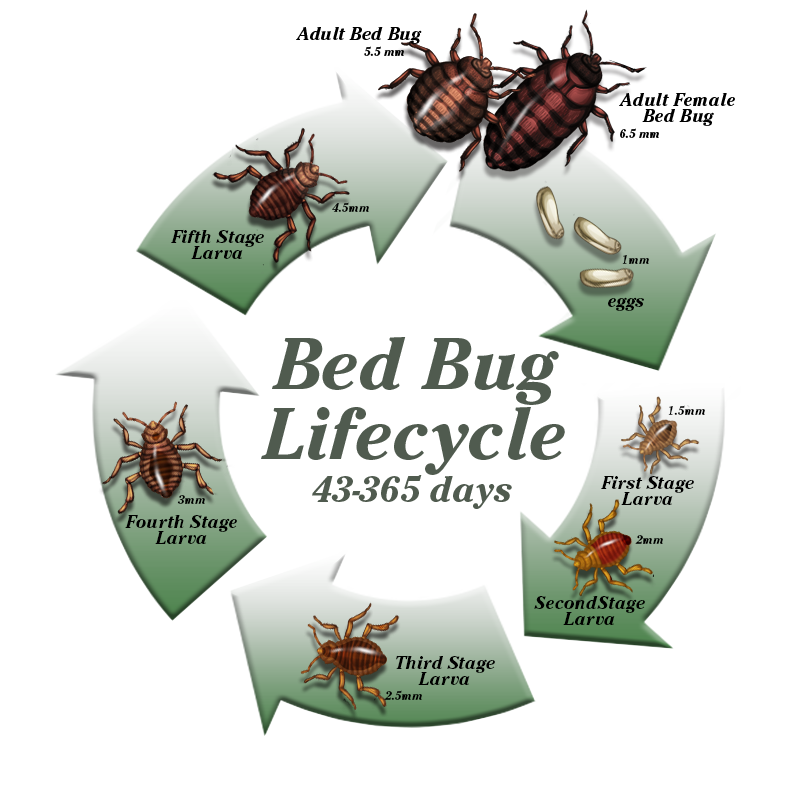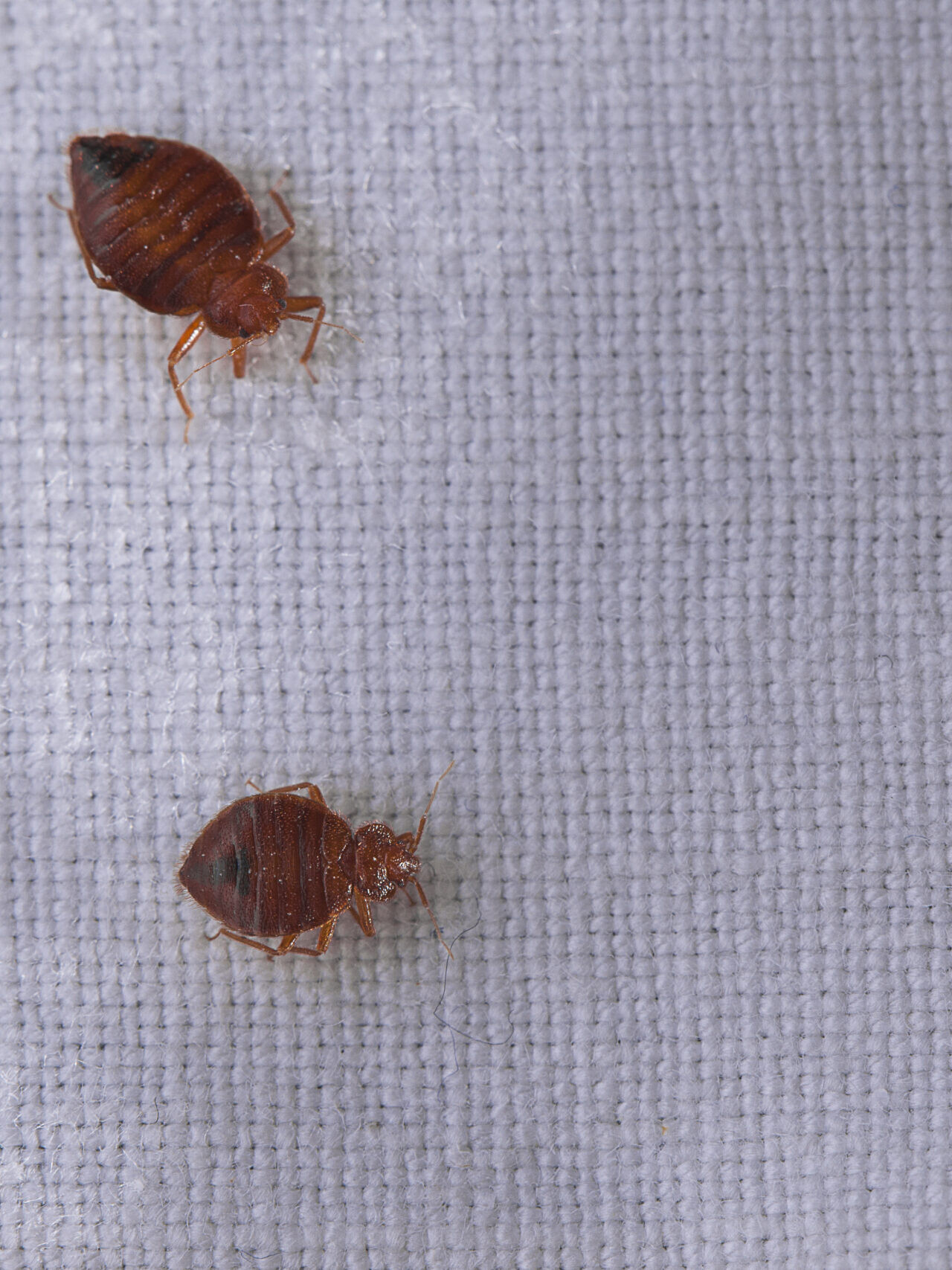How to Recognize Bed Bug Bites and Treat Them Quickly
How to Recognize Bed Bug Bites and Treat Them Quickly
Blog Article
Obtain Informed Concerning the Sorts Of Parasite Control Methods and Their Advantages for Homeowners
Understanding the various pest control methods readily available to home owners is crucial for reliable bug administration. Property owners who are well-informed can make critical selections that not only address bug issues but additionally improve the general quality of their living setting.
Chemical Bug Control Methods
Chemical parasite control approaches are an important element of integrated bug administration strategies for home owners seeking effective remedies to pest invasions. These methods include the application of chemical substances made to get rid of or deter bugs that threaten personal effects, health and wellness, and comfort. Typical chemicals used consist of pesticides, herbicides, fungicides, and rodenticides, each customized to target specific bugs.
The primary advantage of chemical parasite control is its rapid efficiency; many solutions offer prompt results, minimizing pest populaces considerably quickly. Additionally, breakthroughs in chemical formulations have actually brought about products that are a lot more eco friendly and have lower poisoning degrees for non-target organisms when applied properly.

Organic Parasite Control Methods
Natural parasite control approaches have gained prestige as house owners seek more secure and extra lasting options to conventional chemical methods. Biological parasite control strategies use natural predators, bloodsuckers, or microorganisms to manage pest populaces properly. This technique is not only eco-friendly but also decreases the danger of harm to non-target varieties, consisting of useful insects and wild animals.
One of one of the most typical biological control methods includes presenting all-natural predators into the setting. For instance, ladybugs can be utilized to regulate aphid populations, while nematodes target soil-dwelling bugs like grubs. Additionally, parasitoids-- microorganisms that survive on or within a host-- can be used to regulate specific insect types by laying eggs inside them, ultimately causing their death.
Another strategy is making use of biopesticides, which are originated from all-natural materials such as plants, minerals, or germs (bed bug exterminator). These items can properly target parasites while positioning minimal risk to pets and human beings. In general, organic parasite control methods give home owners with an efficient methods of parasite monitoring that aligns with environmental principles, promoting a much healthier living environment while decreasing reliance on synthetic chemicals
Mechanical Pest Control Methods
Mechanical parasite control techniques encompass a selection of techniques that literally prevent or get rid of pests without using chemicals. These methods are especially valuable for property owners seeking eco-friendly choices while ensuring the security of their living spaces.
One common technique is using obstacles, such as webs, screens, and catches, which stop bugs from entering homes or specific locations. Setting up home window displays can efficiently maintain pests out, while using physical obstacles around yards can discourage larger parasites like deer or rabbits. Furthermore, mechanical traps made for rats can catch and get rid of these insects without the demand for toxic compounds.
One more efficient technique includes using mops and vacuum cleaners to remove bugs straight from surface areas. Routine cleaning and maintenance can substantially decrease bug populations by eliminating food resources and concealing spots. Using tools like ultrasonic parasite repellents can discourage different bugs through sound waves exterminator that are undesirable to them yet inaudible to people.
Social Parasite Control Practices
Social bug control techniques concentrate on modifying the setting and management methods to develop problems that are less favorable to pest invasions. These methods are fundamental in maintaining a well balanced ecosystem and lowering the dependence on chemical treatments. By modifying farming methods, property owners can successfully prevent pests while advertising plant health.
One typical approach includes crop rotation, which interrupts the life cycles of insects by transforming the sorts of plants grown in a certain location (bed bug exterminator). This not only reduces pest populaces but also improves soil wellness. Furthermore, intercropping-- planting diverse plants in proximity-- can puzzle parasites and lower their capability to locate their favored host plants
Water administration is another critical element of social methods. Correct watering techniques can stop standing water, which acts as a breeding place for mosquitoes and other parasites. Preserving tidiness in and around the home, such as routinely eliminating particles and food waste, can considerably minimize insect destination.
Integrating these social methods into an extensive insect administration method enables home owners to produce an environment that normally hinders bugs, consequently improving the effectiveness of various other control methods while promoting sustainable gardening and landscape design.

Integrated Bug Monitoring Approaches
Integrated Bug Administration (IPM) represents a holistic strategy that integrates different methods to effectively manage bug populations while lessening environmental impact. This technique incorporates organic, social, physical, and chemical practices to accomplish sustainable pest control. By examining pest populations and their natural opponents, IPM highlights surveillance and determining insects before executing control actions.
One of the core concepts of IPM is the usage of thresholds, which develop the degree of bug activity that necessitates treatment. This makes certain that therapies are applied only when essential, lowering the reliance on chemical pesticides. Biological control techniques, such as introducing all-natural killers or parasites, operate in conjunction with social techniques like plant turning and environment adjustment to interfere with pest life cycles.
In addition, IPM encourages making use of least-toxic chemical options when intervention is required, prioritizing items that present marginal risk to non-target organisms and the environment. For home owners, taking on IPM comes close to not just improves the efficacy of bug management yet additionally advertises a much healthier living setting, cultivating biodiversity and lowering chemical direct exposure. Eventually, IPM empowers home owners to make educated choices that stabilize pest control with eco-friendly obligation.
Final Thought
In final thought, recognizing the numerous bug control approaches equips house owners to make educated choices concerning pest administration. Each method-- chemical, biological, mechanical, cultural, and incorporated bug management-- uses distinct benefits that cater to different demands and choices.
Recognizing the different pest control methods available to property owners is vital for effective bug monitoring.Chemical pest control approaches are a critical part of integrated pest management techniques for property owners seeking reliable solutions to pest invasions. Overall, organic insect control strategies offer property owners with a reliable methods of pest management that straightens with ecological concepts, promoting a much healthier living environment while decreasing dependence on artificial chemicals.
Cultural pest control methods concentrate on changing the setting and monitoring strategies to develop conditions that are much less conducive to pest invasions.In conclusion, recognizing the different insect control methods empowers home owners to make enlightened choices pertaining to pest administration.
Report this page